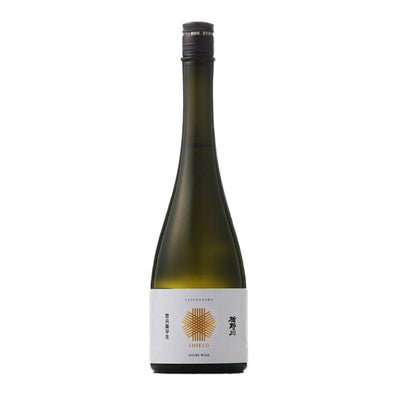Have You Ever Been to Saga Prefecture?
Saga Prefecture is located in the north west of Kyushu and is the island's smallest prefecture, but is the perfect getaway from the more-populated nearby areas of Fukuoka and Nagasaki.

If you've ever visited Saga Prefecture, you have probably explored archeological wonders of Yoshinogari Park, where settlements here which are said to date from the Yayoi Period (300 BC to 300 AD), walked around Yutoku Inari Shrine, which was built in honor of the deity known in Shinto Buddhism as Inari who is also known to guard foxes and rice, went shopping around Arita and Imari, known for its ceramics in the form of gorgeous pottery pieces, or even had a chance to participate in Saga International Balloon Fiesta, an international hot air balloon competition.
While sample the local delicacies such as the the delicious Saga beef, or squid at the Yobuko Morning Market, or Onsen Yudofu, tofu with Saga spring waters from the local Ureshino onsen region, you might have had a chance to drink local Saga sake. Nogomi is a sake with sweet taste typical of Saga. Fermented at low temperatures, it takes about twice as long to brew as regular sake, and has a soft aroma and rich taste.

Baba Shuzojo
The Nogomi area is surrounded by green mountains and a beautiful expanse of rural scenery. Baba Shuzojo has stood on the banks of the Nogomi area’s central river for more than 200 years. Although the brewery’s history dates back to 1795, it only began selling “Nogomi,” its refined sake loved by sake fans, when the 8th generation Daiichiro Baba took over the business.
In order to brew sake they can be proud of, Baba Shuzo continues its small-scale production and has gained fans in doing so. Baba Shuzojo sake pairs well with the rich flavors of Saga cuisine; the sweetness is not overwhelming, and you can taste the flavor of the rice.
Nogomi Junmai Ginjo is the most popular and representative sake of the brewery. This Junmai Ginjo is made from Yamada Nishiki from Kashima and is the result of the efforts of the farmers and the brewery. The aim is to create a sake that can be enjoyed in a variety of ways, so that everyone can enjoy it on a daily basis. The sake has a fruity aroma, but the taste of Yamadanishiki comes through, making it a perfect match for food. Although it is a Junmai Ginjo, it can also be enjoyed slightly warm.
















Leave a comment